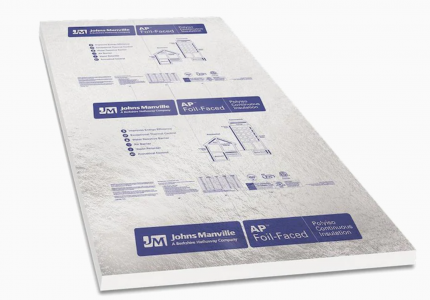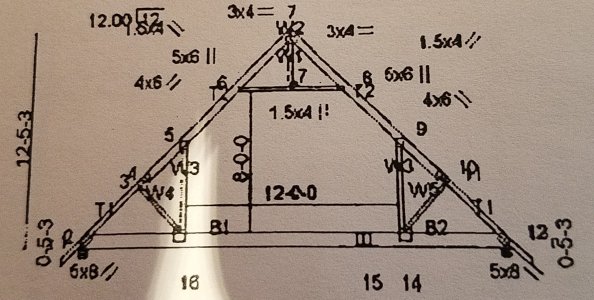- Joined
- Jan 5, 2014
- Messages
- 952
Don't they have to spray the foam onto some backing (like a wall or under an upper deck)? About half of my top floor is decked but the other half is open to the attic area (except for the drop ceiling). Even on the part that is decked over they would have to shoot it through the grid, which would be tough I think.
I'm pretty sure that I would need both an air-flow barrier and insulation to be effective at blocking off the upper area. It would be no fun at all to try to push batts up into the joists through the grid.
Closed cell foam?? Is that the styro-foam-like board stuff?
I'm pretty sure that I would need both an air-flow barrier and insulation to be effective at blocking off the upper area. It would be no fun at all to try to push batts up into the joists through the grid.
Closed cell foam?? Is that the styro-foam-like board stuff?



